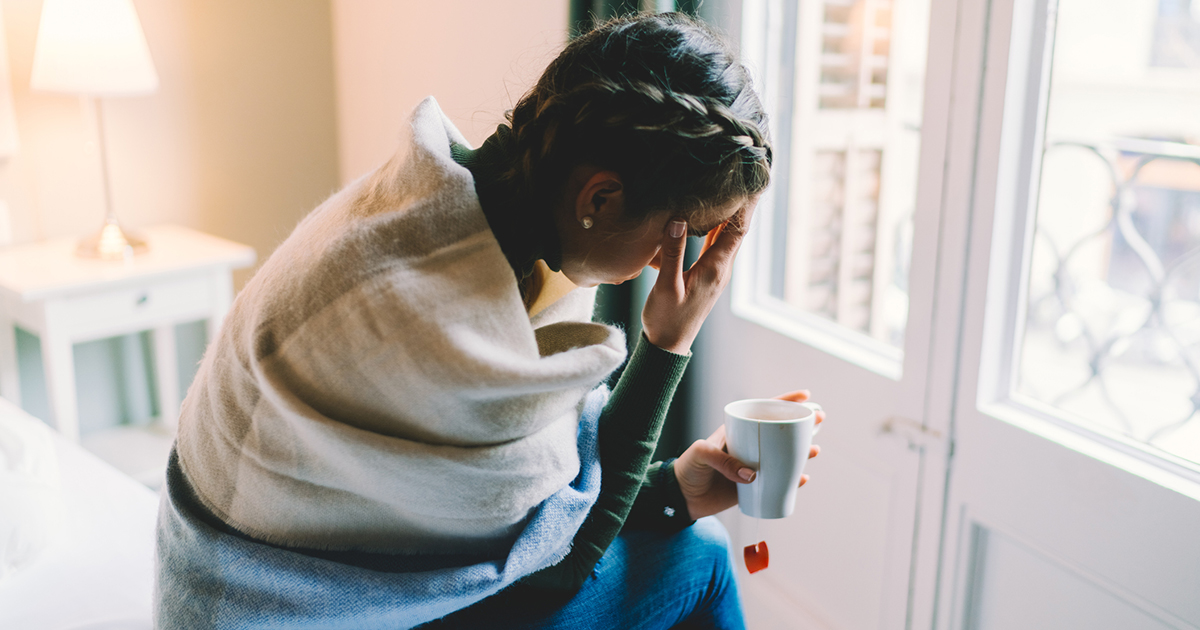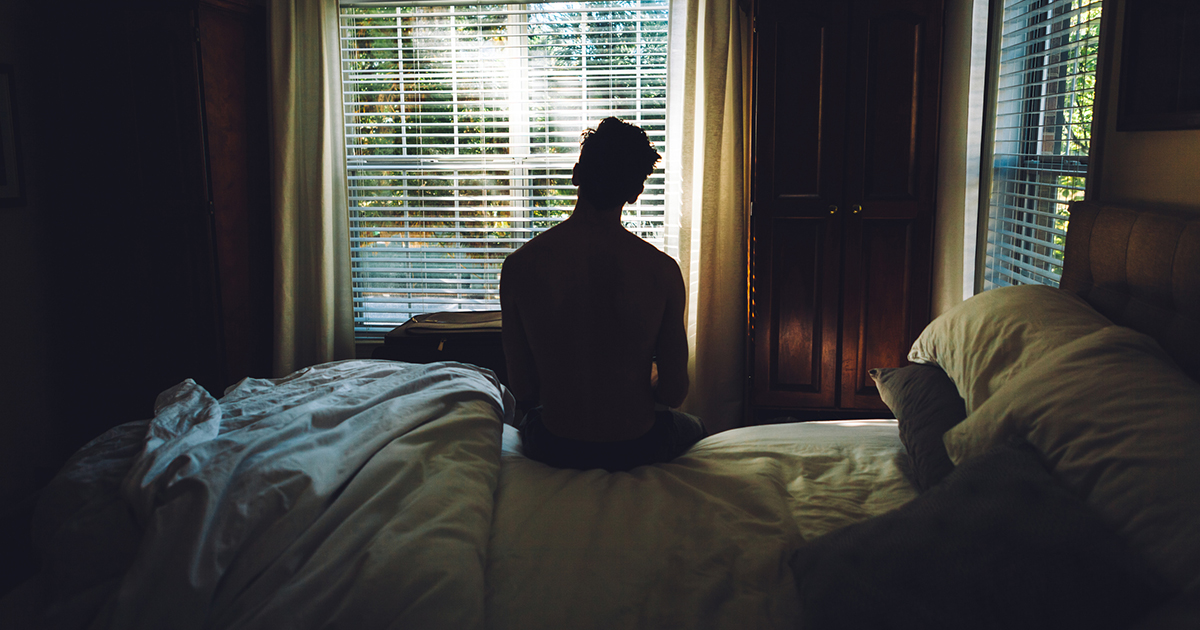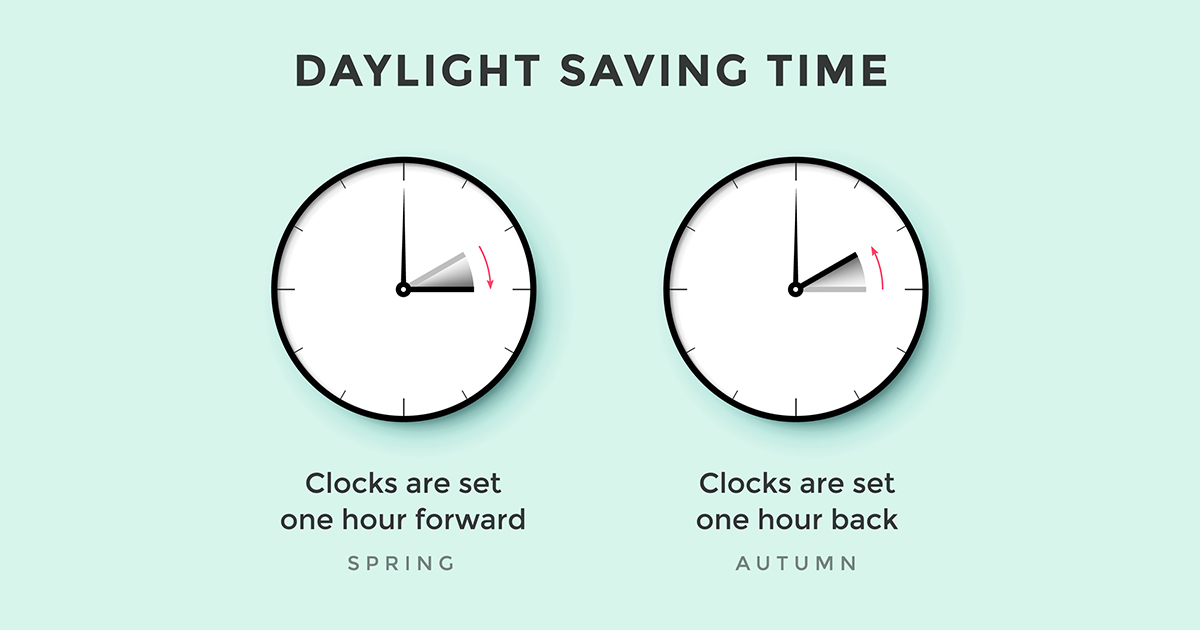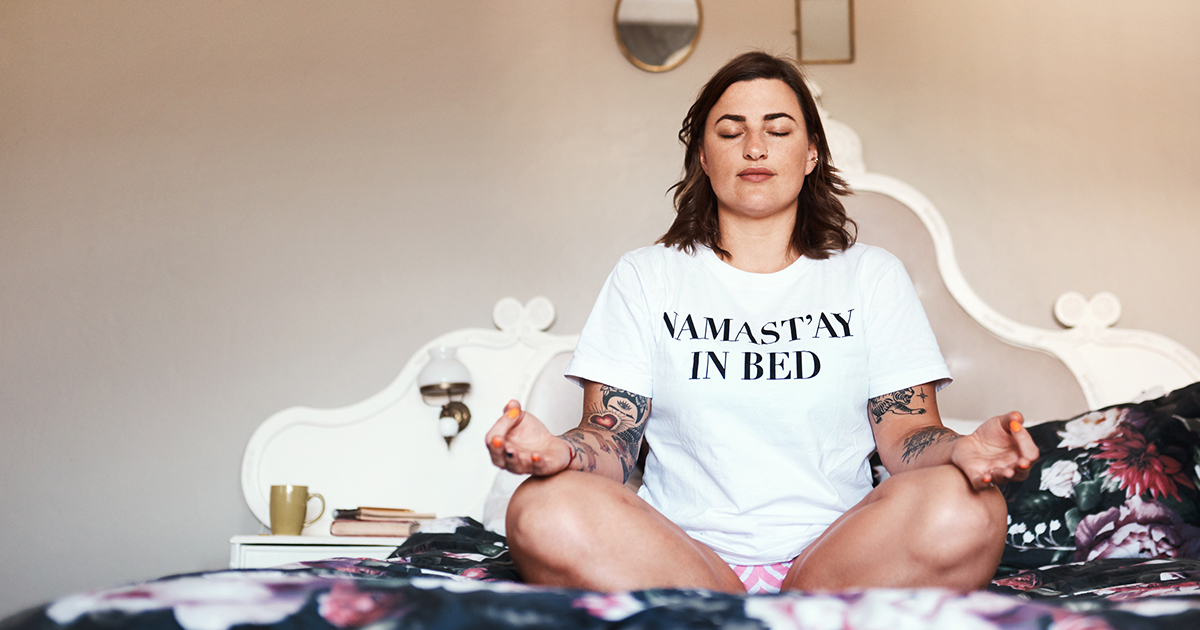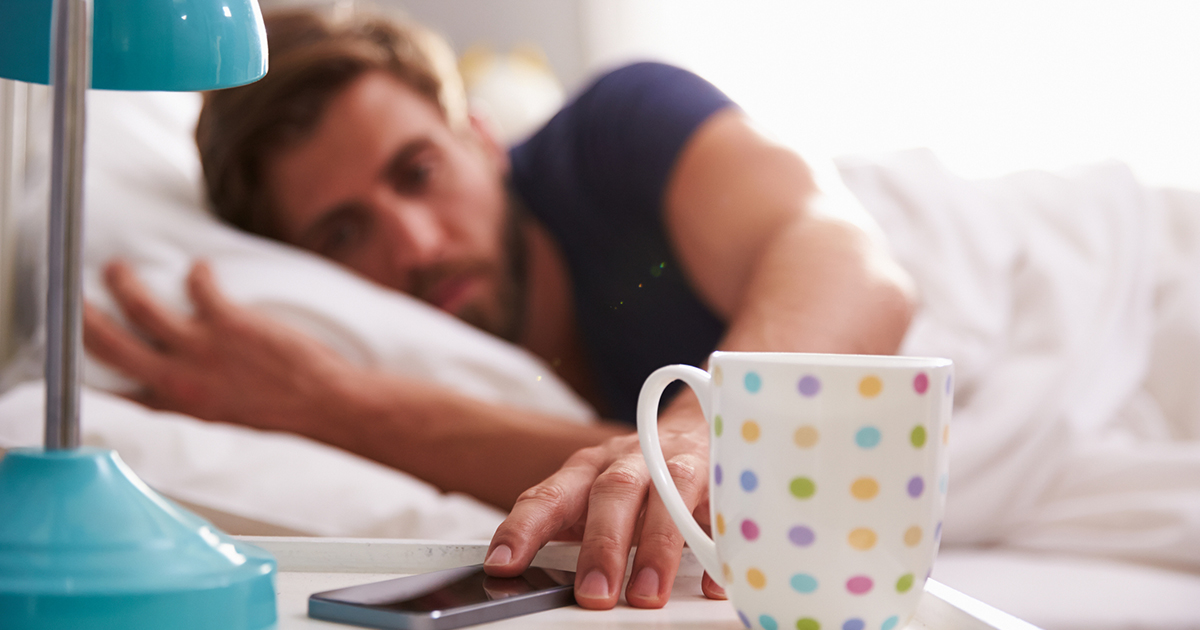Every year we are forced to “spring” ahead one hour or “fall” back an hour for Daylight Saving Time. For many of us, it is more of a stumble, or an all-out faceplant because it completely throws off our sleep cycle. Getting up a whole hour earlier than I need to? No thank you!
Thank goodness during the fall, we get to sleep in for an hour. However, we wouldn’t need to sleep in an hour if we never lost one in the first place. We can blame the Germans in World War I for coming up with this “brilliant” idea. Well, actually, the idea of modern Daylight Saving Time was invented by George Hudson in 1885. He was an entomologist from New Zealand. Hudson proposed a two-hour time shift so he could have some extra daylight to collect insects. Fun, right? Germany was the first nation with states that actually implemented Daylight Saving Time or Sommerzeit in 1916. They did this to conserve coal during the war.
The United States followed suit by adopting Daylight Saving Time in the same year as Germany. It didn’t become widely adopted in America until the 1970s due to the energy crisis that was happening during that time. It wasn’t until the first George Bush presidency that it became a law that Daylight Saving Time would happen the second Sunday in March and switch back to Standard Time the first Sunday of November. The only American states that do not have Daylight Saving Time are Arizona and Hawaii.
Is Daylight Savings Bad for Your Health?
During Daylight Saving Time some argue that we can savor a little more light after work and this benefits our moods and emotions. But, the lack of sleep causes disruption to people’s sleep patterns. When we spring forward we have to go to bed at an earlier time which makes it more difficult to fall asleep. That lack of sleep carries on to the next day when we have to wake up earlier so we walk around in a groggy state. When our sleep patterns are disrupted, it hinders our immune systems, makes it harder to recover from workouts or illness, and it affects our moods and our productivity- both at work and at home. Also, workplace accidents rise after the change, as do the number of car accidents.
Daylight Savings Safety Statistics
A 2009 study found that sleep deprivation might have played a significant role in the Exxon Valdez, the Challenger, the Three Mile Island, and the Chernobyl disasters. Scientists are studying how the time change correlates with the increase in stroke and heart attack cases. On top of those factors, the change of time wrecks havoc on diets and appetite. When we get less sleep, this makes the body release more of the hormone ghrelin, which is the hormone that makes you hungry. Now, the financial world is even showing the trend of losses after we spring ahead. A study in 2007, concluded that for some of us, our circadian rhythms never adjust—until we set our clocks back in the Fall.
We can’t revolt against the change, unless you decide to move to Arizona, Hawaii, or certain parts of Indiana; so what can you do to help yourself transition? While it may be nice to get an extra hour of sleep during this fall’s end to Daylight Saving Time, it is still good to take steps to ensure that your sleep schedule doesn’t get out of whack.
Sleep hygiene is crucial for every time of year. Proper sleep hygiene is the steps you take before bed and during the day to ensure you have a good night’s sleep every night. Good sleep hygiene could be processes such as limiting screen time in general- but especially an hour before bed. Or, it could be doing some sort of ritual that makes you sleepy like reading or taking a bath. Exercise during the day can improve how you sleep during the night too! You should be getting some sort of physical activity everyday or your overall health anyway. Right?
Daylight Savings Spring Forward Tips
When it is time to “spring forward”, first, the week ahead of the change, start heading to bed at the time you always go to bed. Reduce the amount of caffeine and alcohol you consume before bedtime. I know I just said to do some physical activity, but try not to exercise several hours before you go to bed. Try not to depend on sleeping aids to get you through the transition; this could lead to future problems. Naturally expose yourself to light in the morning as soon as you can. You can get a sunlight lamp if need be. During the night, if you have to get up, try not to turn on the light; just walk slowly, so you don’t hit anything. Be careful and considerate of fellow travelers and co-workers; they are groggy too.
A lot of these tips can be applied to the “fall back” time shift but usually it’s a lot easier to deal with getting an extra amount of sleep than losing some. One thing a lot of people struggle with during this time is losing daylight. Switching times up can mess with your circadian rhythm in the fall just like it does in the spring. When it’s dark and cold, this can trigger seasonal depression. Seasonal depression or Seasonal Affective Disorder (SAD) is exactly what it sounds like: a depression that is related to seasonal changes.
The treatment for this is either medication or light therapy. Getting more light- even if it’s artificial can help a lot with your mood. I know it sucks to wake up early, but if you’re someone who is affected by the lack of light, it may help to get up with the sun so you get more daylight. SAD that occurs in the fall and winter months has symptoms of regular depression like lack of interest in things you enjoy, problems with sleep, fatigue, feeling agitated, feeling hopeless, and/or feeling hopeless. Symptoms specifically associated with SAD are oversleeping, tiredness, and appetite changes that may lead to weight gain. The end of Daylight Saving Time can lead to the drop of serotonin levels from less sun exposure. Serotonin is the “happy” hormone and a drop in serotonin can lead to depression.
How to Deal with Time Changes
- Get a head start by going to bed and waking up a bit earlier each day before the actual time changes.
- Limit caffeine intake and alcohol (I know this can be hard, sorry!).
- Don’t exercise too late in the day.
- Avoid sleeping aids.
- Slowly expose yourself to natural light in the morning.
- Try not to turn lights on if you need to get up in the middle of the night.
- Limit screen time before bed.
- Be considerate of others; they’re struggling too!
Daylight Saving Time Safety Tips
Follow the previous tips on how to get better sleep. Give yourself enough time to fully wake up in the morning before driving or operating heavy machinery. Not getting enough sleep can impair your ability to react quickly or do something accurately. Sleep disruptions are also tied to decreased concentration levels and memory problems. Lack of concentration can be super dangerous. Do what you can to stay focused and alert while doing activities or commuting.
The best thing you can do to prevent injury during the time shift is to slowly ease your way into it a few days prior. Go to bed and wake up a little bit earlier each day so when the time shift begins, it doesn’t hit you so hard. If this doesn’t help, try to avoid driving while sleep deprived.
How to stay safe during Daylight Savings Time
- Be careful driving or operating heavy machinery.
- Shift slowly into your new routine by going to bed and waking up earlier.
- Avoid driving if drowsy.
Medication and Daylight Savings
How do you change the time in which you take your medication? Well what about birth control and Daylight Savings? This is similar to any other medication in that you should take it at the same time you take it every day. Don’t try to mix it up when the difference of an hour will not harm you. If you try to change the time in which you take your medication, you might just end up forgetting it all together. Be sure to change all your clocks the night before if they don’t change automatically to ensure you take your meds at the right time. If you take your medication every day at 7 am, take it at 7 am on the first day of the time change and continue to take it at the same time. If you have a hard time remembering, set an alarm to alert you at the correct time.
In Closing
Daylight Saving Time can wreak havoc on your circadian rhythm, your immune system, your normal routine, your motor skills, your mood, your concentration, and many other things. But we all have to deal with it- unless you’re one of those lucky people who live in Hawaii or Arizona. Every year or spring forward and fall back have their own challenges and benefits. Whether or not one weighs out the other is up to you. Daylight Saving Time is a pain in the butt; use the skills featured in this post to help you survive it.
*Note from Editor: this post was originally posted on April 25, 2019 and has since been rewritten and republished.
